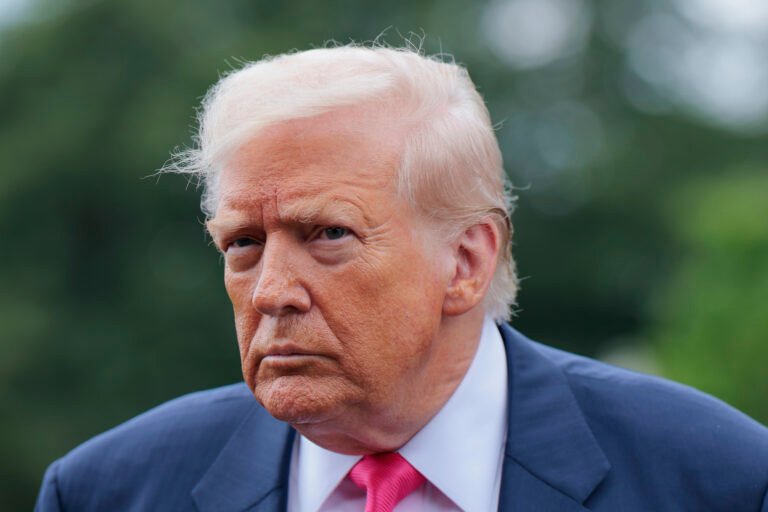
Do you think every major company is listed on the stock exchange? Think again?
Despite all the hype we have created around the stock markets, a large portion of businesses across the world remain private. In fact, there are more than 50,000 companies across the world that are traded publicly as of May 2025, and the number of private companies i.e. the ones not listed in stock exchanges, is more than 10x, if not less. From startups to family-owned businesses and industry giants, many of them can’t go public or choose to stay private. This is the world where private equity thrives. It is a complex yet powerful engine that fuels the growth, transformation, and sometimes turnaround of these companies – and this happens all behind the headlines, away from public eyes.
In this two-part series of articles, we will dive deeper into the world of private equity. The first part will delve deeper into what PE really is, how it works, the fundraising process, and various strategies involved. The second part will focus more on current trends, emerging challenges, and the evolving role of PE in the global economy.

What on earth is Private Equity?
Imagine you want to run a café chain – expanding it across the country, upgrading tech, optimising supply chain, improving margins – but you lack capital, you lack guidance. That is where a private equity firm comes into the picture, say they might purchase a majority or minority stake, inject capital into it, bring their expertise and steer it towards rapid growth. A few years later, let’s say in a five-to-eight-year timeframe, it is either sold or taken public via an IPO at a much higher valuation – that is, private equity.
At its core, Private Equity involves investing in companies that are privately held, not which are publicly listed, either buying them or taking a controlling stake with a goal to improve performance, scale its operations and eventually sell the business at a higher valuation and generate profit.
Two Pillars of PE: Limited Partners (LPs) and General Partners (GPs)
Now imagine this – you have a great idea of investing in emerging private businesses across sectors; however, you lack time, expertise and a team to manage them. In such a case, you deploy your funds to a professional investment firm who are specialised in carrying out these activities – they scout deals, manage companies, have expertise and aim to return the funds with profits over time.
In such a setup, you are the Limited Partner (LP) – the capital provider. The one who manages your funds and drives value – the private equity firm is the General Partner (GP).
LPs are typically entities with sufficient/surplus funds, such as insurance companies, pension funds, sovereign wealth funds, family offices, and university endowment funds. GPs are the Private equity firms like Blackstone, Carlyle, TPG, Bain Capital, and so on.
Importantly, some institutions can act both as an LP or GP depending on the fund structure.

How does the lifecycle of PE Funds look like?
Let’s say a PE firm, TET Capital, decides to launch a new fund – TET Capital Opportunities Fund II. First, they pitch their strategy to potential investors (the LPs – pension funds, endowments, etc.). Once they secure commitments – say $1 billion – the fund is launched officially.
In the first few years, say 2-4 years, also called Investment Period, TET Capital will scout for potential companies to invest in – say any fintech startup, a social impact firm, a logistics company or any struggling company. Then begins the Holding Period, where TET Capital will work behind the scenes – improving leadership, providing knowledge and guidance, expanding to new markets, and optimising the supply chain, among others – all this is to be done to boost profitability.
Finally, after 5-8 years, comes the exit phase. TET Capital sells the companies at higher valuations when they are mature – through IPO listing, acquisitions, or in the secondaries market (more about PE secondaries in the second part of the article). The profits are distributed and capital is returned to the LPs, and TET Capital takes a cut (called carried interest).
This full cycle – from fundraising to exit – typically spans 8-10 years, which can vary from fund to fund. Then, the firm starts all over again with a new fund.

The face of PE Strategies
Imagine PE firms with varied investment strategies.
Let’ say – Blackstone sees value in investing in a legacy chain of food outlets. It will acquire a majority stake, restructure operations, and expand across markets globally. Five to seven years later, it will sell it off at a higher valuation, say 3x of the entry multiple. This is a buyout strategy – where the PE firm buys a majority stake and improves performance.
Warburg Pincus – spots a fintech firm growing fast but needs capital to scale. It doesn’t take control but offers $200mn, helps with team expansion, and regulatory strategy and exits l – after five years. This is growth capital – investing in scalable businesses that are ready to assume risk and ready to leap.
Sequoia Capital meets two IIT dropouts who have a bold idea to start an AI firm, with absolutely zero revenue. It bets early, say in the pre-seed or seed stage of the firm, knowing that success could return the entire fund. This is Venture capital – high risk, high return.
Bessemer Venture Partners scouts a major infrastructure firm going through insolvency due to significant financial stress in India. Bessemer steps in, takes over the operations, pumps capital into it, changes the management and revives the company’s performance. This is a classic example of distressed debt investing – where a PE firm acquires a stressed company (or its debt) at a steep discount, restructures it, and exits once value is created.
There are other strategies like co-investments and private equity secondaries, which offer investors greater flexibility, lower fees, and targeted exposure to specific deals without committing to a blind pool fund structure.
Returns, Risk and Reward Mechanism in Private Equity
Private equity firms don’t solely rely on investment returns to make money. Their earnings can be primarily classified into two sources:
- Management fees
- Carried Interest (carry)
Breaking it down:
- Management fee – It is a fixed annual fee (usually 2% of the committed capital) which is paid by the LPs to GPs for running the fund – salaries, due diligence, operations, etc. This is earned regardless of fund performance
- Hurdle Rate – Hurdle rate is the minimum rate a PE fund is expected to generate before the GP can receive carried interest (their share of the profits), which is typically 8% of the committed capital
- Carry (Carried Interest) – It is the share of profits a private equity firm earns only after investors get back their capital plus a minimum return, which is typically 20% of the profits above the hurdle
Types of carry structures:
- Deal-by-Deal carry – In this structure, the GP earns carry on each profitable deal, even if other deals underperform
- Fund-as-a-Whole carry – The carry is paid only when the entire fund clears the hurdle rate
- NAV-based carry – Carry is accrued annually on unrealised portfolio valuations (or fund’s net asset value), rather than actual cash exits
- Hard and Soft Hurdle
- Hard Hurdle – GPs earn carry only on profits above hurdle (preferred by LPs)
- Soft Hurdle – GP earns carry on all profits, once the hurdle is breached (GP-friendly)
Illustrative Payout Structure:
Let’s say a pension fund (LP) makes a commitment of $100m to a private equity firm (GP) over a period of 8 years. Here is how the payout works –
The private equity firm charges a 2% management fee → $16m over 8 years (2% * $100m *8 years)
The GP invests the capital and after 8 years, returns $200m
First, the LP must receive the capital ($100m) + hurdle rate (usually 8%). That is $108m.
The remaining $92m is the profit pool.
The GP earns a 20% carry on the profits above the hurdle → $18.4m, and the rest $73.6m goes to the LP.
Final outcome:
- LP receives $181.6m (1.8x return)
- GP earns $34.4m ($16 crore management fee + $18.4m carry)
The next part of the article will explore more into the current trends, emerging challenges, Indian PE landscape and the PE value creation.
Written and edited by – Mir Irfan Ali
The post The Business of Buying Businesses (Part I/II) appeared first on The Economic Transcript.


